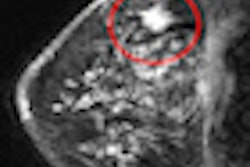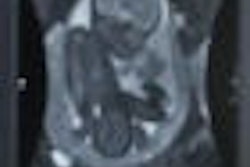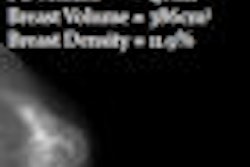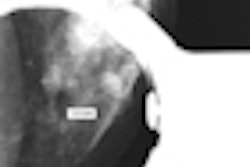Dear Women's Imaging Insider,
To effectively care for women at high risk for breast cancer, screening -- not only the actual imaging, but also interviews with women when they come into the clinic -- must become much more tailored, taking into account individual women's risk factors and using additional imaging modalities if necessary, according to a researcher at the University of Virginia (UVA) Health System in Charlottesville.
We're in an age of personalized medicine, according to Dr. Jennifer Harvey, head of UVA's breast imaging division, and if radiologists are going to help their patients deal with breast cancer risk, they need to understand it thoroughly. Click here to find out what Harvey has to say about evaluating breast cancer risk. As a Women's Imaging Insider, you have access to the article well before the rest of our members.
Once you're done with that article, read on for other news in the Women's Imaging Digital Community:
- Learn about a new effort to more closely match breast cancer treatment drugs to patients using genetic biomarkers -- a step toward personalized medicine.
- Read how women who don't undergo mammography screening and who later develop cancer seem to have tumors that are larger and more palpable.
- Find out how FDG-PET falls short in assessing some para-aortic lymph node metastases.
- Check out why radiotherapy delay increases the risk of breast cancer return.
- Get the scoop on how breast MRI is so good for high-risk screening that mammography isn't needed.
- Read what researchers have to say about the inconsistency of patient surveillance after ovarian cancer treatment.
And if you have a comment, report, or article idea to share about any aspect of women's imaging, I invite you to contact me at [email protected].




















